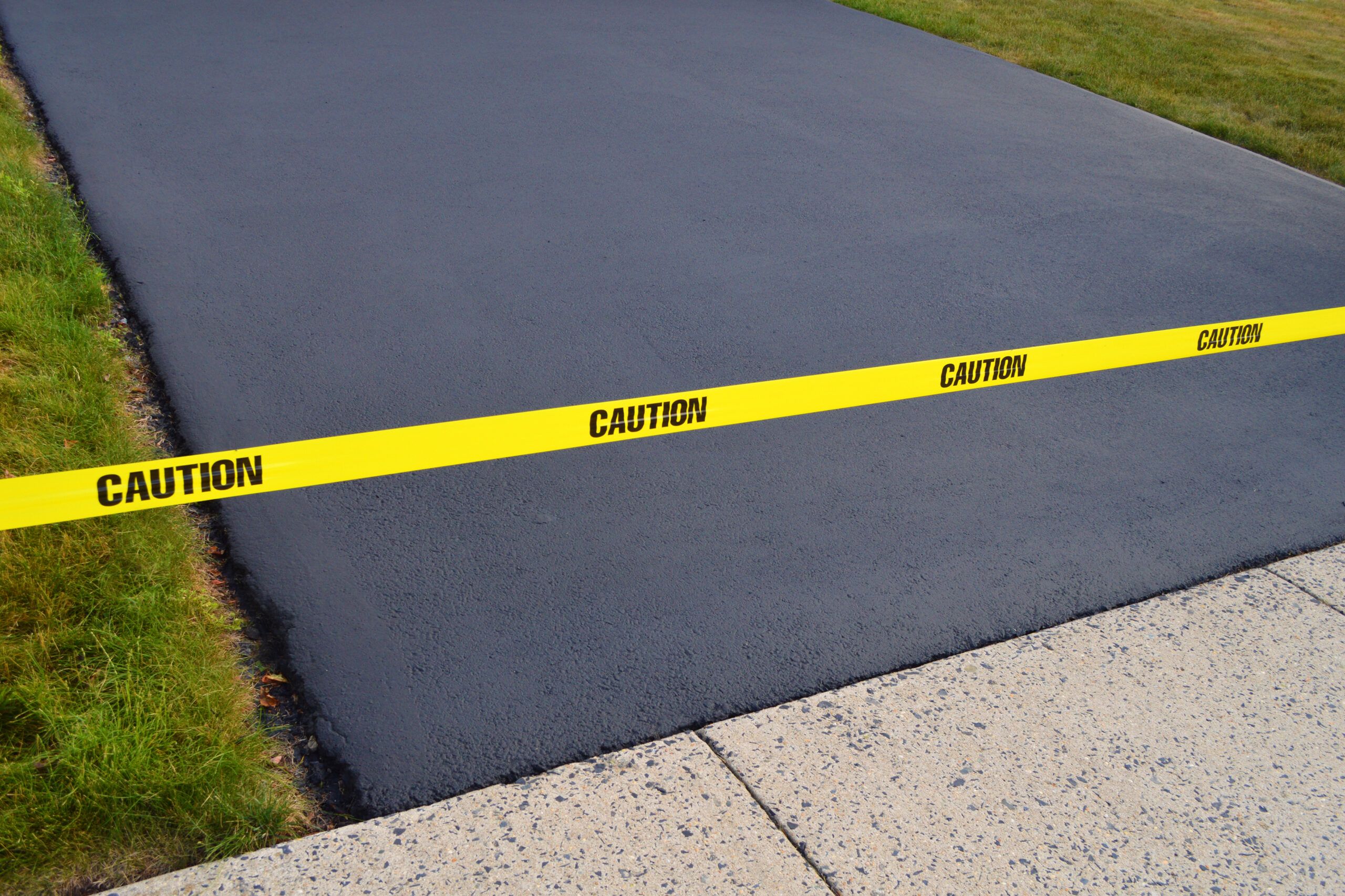Unlock the Tricks of Asphalt Sealing: Maximizing Warm Mix Asphalt Durability
Unlock the Tricks of Asphalt Sealing: Maximizing Warm Mix Asphalt Durability
Blog Article
Warm Mix Asphalt: A Lasting Solution for Sidewalk
Warm Mix Asphalt (HMA) has actually emerged as a leading sustainable selection for pavement solutions, offering a myriad of innovative modern technologies and ecological benefits. Its ability to decrease and recycle materials energy consumption presents a compelling case for its fostering in roadway building and construction projects. The lasting performance and longevity of HMA make it a favored choice for framework development. As the demand for green building and construction techniques grows, checking out the nuances of HMA's sustainability can supply beneficial understandings right into the future of pavement options.
Environmental Benefits of Hot Mix Asphalt

In Addition, Hot Mix Asphalt aids to alleviate metropolitan warmth island impacts. Its dark color soaks up sunshine, decreasing the amount of warmth reflected back into the ambience contrasted to lighter-colored sidewalks. This can decrease ambient temperatures in metropolitan locations, reducing the demand for a/c and ultimately lowering energy intake.
On top of that, Warm Mix Asphalt adds to boosted stormwater management. Its permeable nature permits water to reenergize and infiltrate the sidewalk groundwater supplies, lowering runoff and the danger of flooding. These ecological advantages make Hot Mix Asphalt a lasting option for leading roads and highways.
Energy Effectiveness in HMA Manufacturing
Is energy efficiency a critical factor in the manufacturing of Warm Mix Asphalt (HMA)? Definitely. Energy plays a considerable role in the production of HMA, influencing both expense and environmental sustainability. One key aspect of energy effectiveness in HMA production is making use of warm mix asphalt (WMA) modern technologies (commercial parking lot paving). WMA enables the mixing and placement of asphalt at reduced temperature levels contrasted to traditional hot mix asphalt, leading to lowered power intake throughout manufacturing. This process not only reduces gas usage but also reduces greenhouse gas discharges, making it an extra eco-friendly choice.
Moreover, improvements in plant modern technologies have led to more energy-efficient HMA manufacturing procedures. By enhancing power use in HMA manufacturing, the industry can minimize its carbon footprint while keeping high-grade sidewalk products.
Recyclability of Hot Mix Asphalt
The recyclability of Warm Mix Asphalt (HMA) is a crucial aspect of its sustainability and long-term environmental influence. HMA is among the most recycled products in the United States, with over 100 million lots of reclaimed asphalt pavement (RAP) being recycled each year in brand-new go now pavement building and construction. Recycling HMA supplies numerous ecological benefits, such as minimizing the requirement for virgin materials, decreasing power usage throughout production, and lowering the amount of waste sent to garbage dumps.
The process of recycling HMA includes crushing the existing pavement, crushing it right into smaller items, and blending it with brand-new aggregate and asphalt binder to develop a recycled mix. In general, the recyclability of HMA plays a significant function in promoting sustainable techniques within the pavement industry.
.png)
Long-Term Efficiency of HMA
Asphalt pavements show durability and strength over a prolonged duration, mirroring the long-term efficiency of Hot Mix Asphalt (HMA) The longevity of HMA can be credited to its ability to withstand rush hour loads, severe weather problems, and the results of aging. Studies have actually revealed that properly designed and correctly created HMA pavements can last for 20 years or more with regular upkeep. The secret to maximizing the lasting performance of HMA depends on utilizing high-grade products, adhering to ideal methods in building and construction, and carrying out efficient maintenance approaches. Proper drainage, routine examinations, and timely fixings are crucial for maintaining the structural integrity of HMA sidewalks in time. Additionally, improvements in HMA innovation, such as the usage of polymer-modified binders and warm mix asphalt, have actually further improved the durability and longevity of HMA pavements. By focusing next page on high quality building and maintenance techniques, HMA remains to confirm itself as a cost-efficient and sustainable solution for durable sidewalk framework.

HMA: Sturdiness and Sustainability
Showing both toughness and sustainability, Warm Mix Asphalt (HMA) has actually come to be a foundation in the construction of long-lasting pavement frameworks - regrading. HMA's resilience stems from its ability to hold up against heavy lots, harsh climate conditions, and high web traffic volumes, making it a reputable selection for roadways, highways, and airport terminal runways. The make-up of HMA, which commonly consists of aggregates, binder, and filler, plays a vital role in boosting its long life and resistance to deterioration
Furthermore, HMA's sustainability hinges on its recyclability and energy-efficient production process. The ability to recycle recovered asphalt pavement (RAP) in new HMA mixtures minimizes the need for virgin products and decreases the environmental effect of sidewalk building and upkeep. Additionally, the energy effectiveness of generating HMA depends on its lower blending temperatures contrasted to various other sidewalk materials, causing lowered power intake and greenhouse gas emissions.
Final Thought
In verdict, hot mix asphalt (HMA) offers a lasting option for pavement with its eco friendly attributes. HMA's recyclability, power efficiency in manufacturing, and long-term durability make it a green selection for roadway construction.
HMA is one of the most recycled materials in the United States, with over 100 million lots of recovered asphalt pavement (RAP) being reused annually in new sidewalk building.The process of reusing HMA involves grating the existing pavement, squashing it right into smaller pieces, and mixing it with brand-new aggregate and asphalt binder to produce a recycled mix.Asphalt pavements demonstrate longevity and resilience over a prolonged duration, mirroring the long-lasting great site efficiency of Hot Mix Asphalt (HMA) In addition, improvements in HMA modern technology, such as the use of polymer-modified binders and warm mix asphalt, have actually better enhanced the longevity and long life of HMA pavements. The capacity to recycle redeemed asphalt sidewalk (RAP) in brand-new HMA blends minimizes the need for virgin products and lessens the environmental impact of pavement building and maintenance.
Report this page